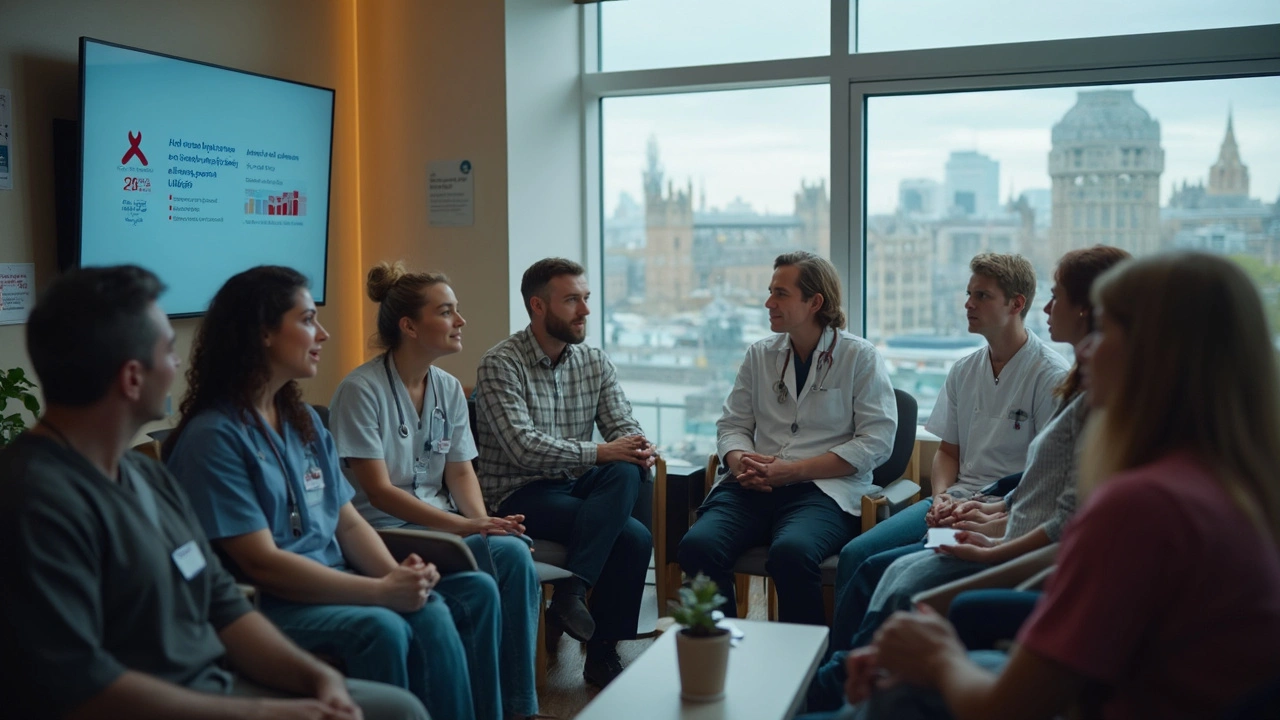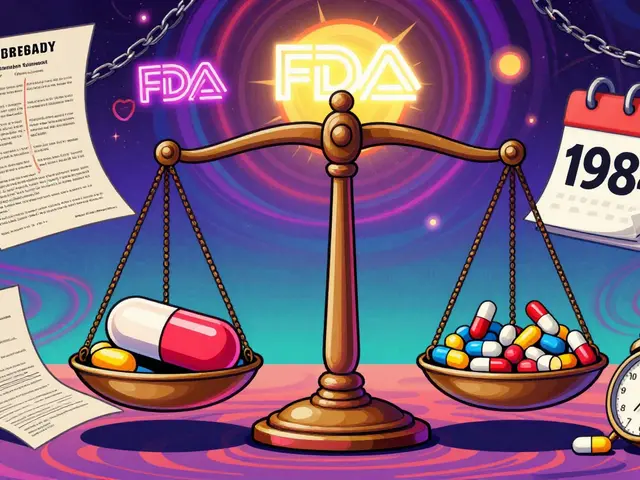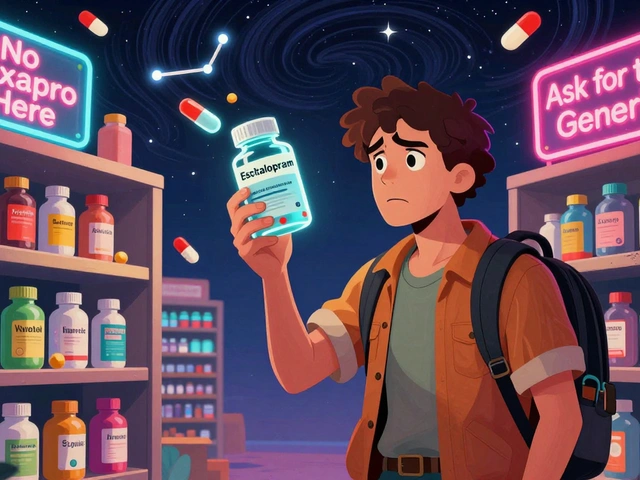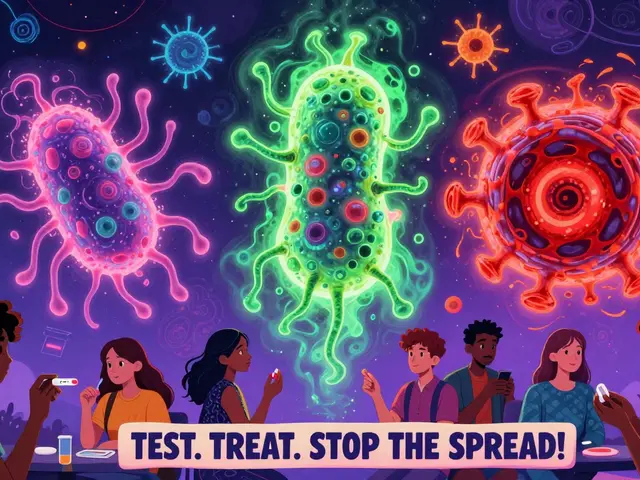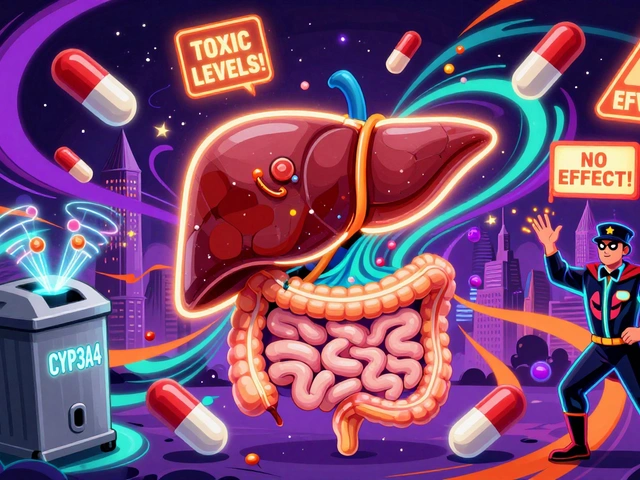HIV treatment: How modern ART works and what you can do
HIV treatment today can lower the virus so much it becomes undetectable and untransmittable. That’s not an exaggeration — with the right antiretroviral therapy (ART) most people live long, healthy lives and stop passing HIV to sexual partners. This page gives straight, practical info on what treatment looks like, how to start, and daily tips that actually help.
What is ART and how it works
ART is a combination of drugs that stops HIV from making more copies of itself. Stopping replication protects your immune system and lowers viral load. Common drug classes include NRTIs (like tenofovir and emtricitabine), NNRTIs, protease inhibitors, and integrase inhibitors (dolutegravir is a popular one). Most people take a single-pill daily combo now, which makes staying on track easier.
Before starting, doctors usually order a viral load test, CD4 count, and resistance testing. Those tests help pick the best drugs and check how strong your immune system is. Starting treatment as soon as possible after diagnosis gives the best results.
Practical steps to start and stay on treatment
Find a clinic or doctor who treats HIV and ask about single-tablet regimens—simpler schedules mean fewer missed doses. If cost is a worry, look into public health clinics, patient assistance programs, or generic options. Many places offer sliding fees or help with insurance paperwork.
Make adherence easy: use a daily alarm, a pillbox, or a phone app. If you miss a dose, follow your clinic’s advice—don’t double up without checking. Keep a small notebook or an app log of side effects so your provider can tweak meds if needed.
Side effects are usually mild and often fade after a few weeks. Common ones are nausea, headache, or sleep changes. If you notice severe side effects or mood changes, contact your provider—there are usually alternative drugs with fewer problems.
Be careful with drug interactions. Some medications, supplements, and herbal products can lower ART levels or increase side effects. Tell your health team about every pill you take, including vitamins and OTC drugs.
Pre-exposure prophylaxis (PrEP) and post-exposure prophylaxis (PEP) are prevention tools. PrEP is for people at high risk and is taken daily to prevent HIV. PEP is a short emergency treatment started within 72 hours after possible exposure. Both are effective when used correctly.
Resistance can happen if drugs aren’t taken reliably. Resistance testing helps pick new meds if the virus stops responding. Regular check-ups measure viral load—if it’s undetectable for several months, the risk of sexual transmission is effectively zero (U=U). Keep getting tested and stay in care.
If you have questions about pregnancy, travel, or vaccine needs, bring them up with your provider—treatment choices and timing can change. Don’t guess online: your clinician can give guidance tailored to your health and meds.
Need help getting started? Contact a local HIV clinic or community health center. If cost or access is the issue, ask about assistance programs and telehealth options. The sooner you start the right ART, the better the results.
Biktarvy: Everything You Need to Know About the Leading HIV Treatment
Discover how Biktarvy works, its benefits, real side effects, and practical tips for users. Learn about the science and stories behind this top HIV treatment.
Nevirapine: Unexpected Role in the Opioid Epidemic Revealed
How does a common HIV medication, Nevirapine, cross paths with the opioid epidemic? This article breaks down the surprising connection between antiretroviral therapy and opioid addiction, exploring pharmacological links, real-world risks, and practical tips for those affected by both. You'll find specific data, relatable stories, and crucial facts to help you make sense of this complex health crisis. Easy to follow and rich in practical info for anyone curious about drug interactions and public health.

